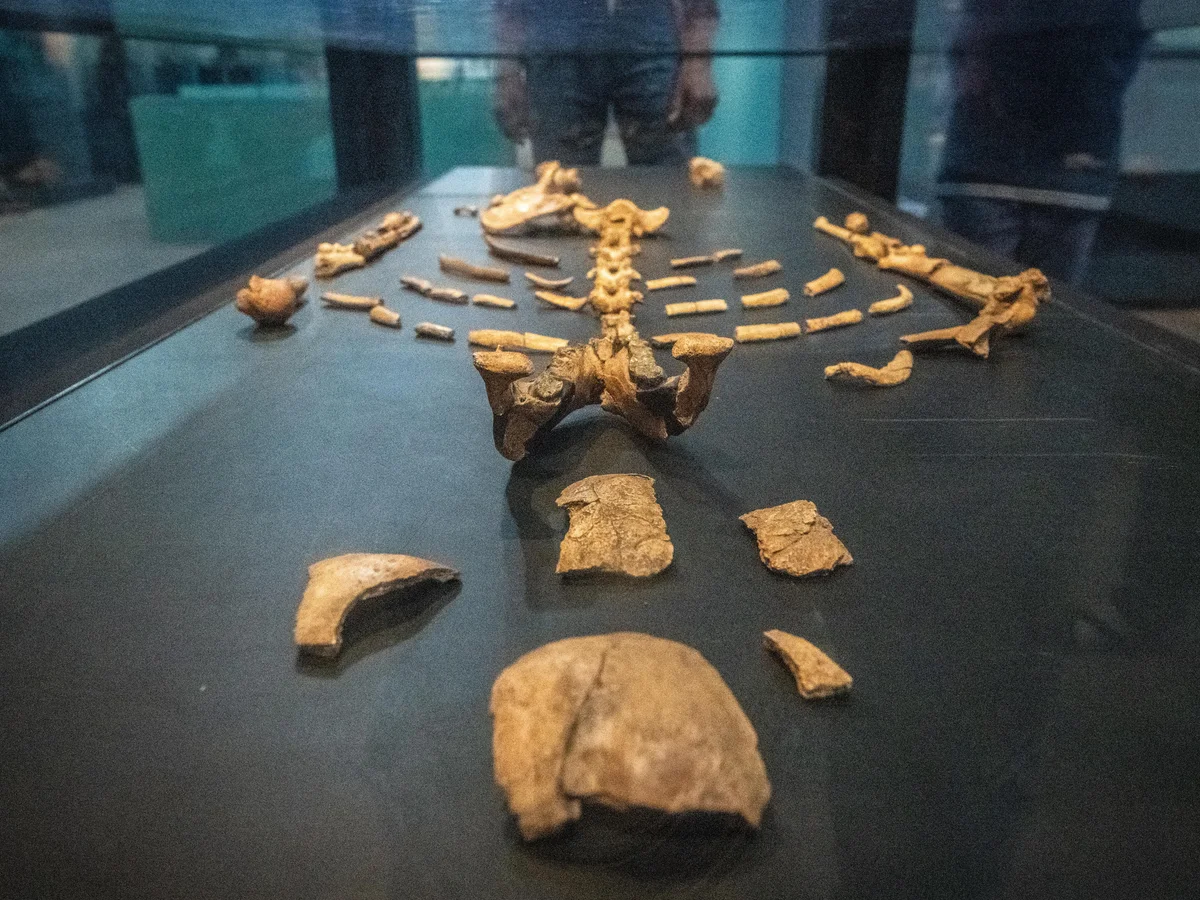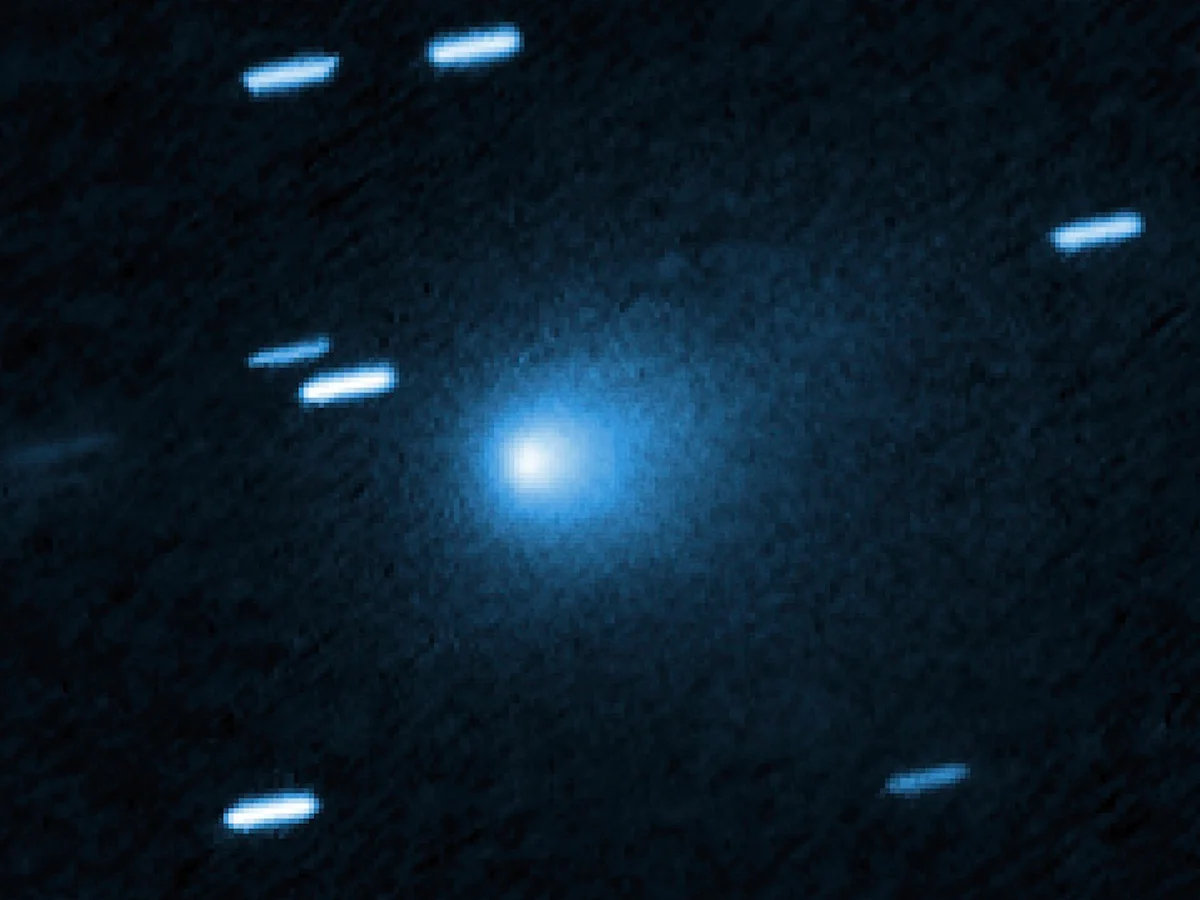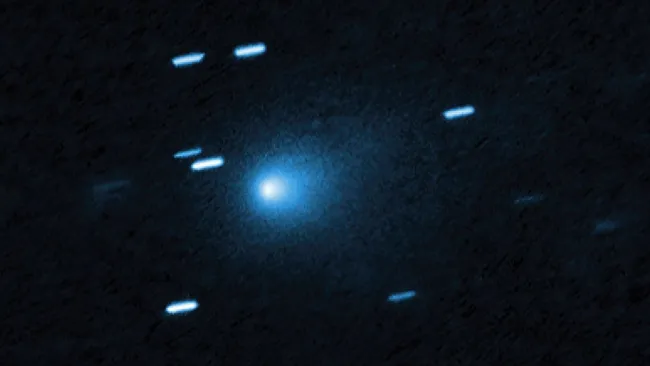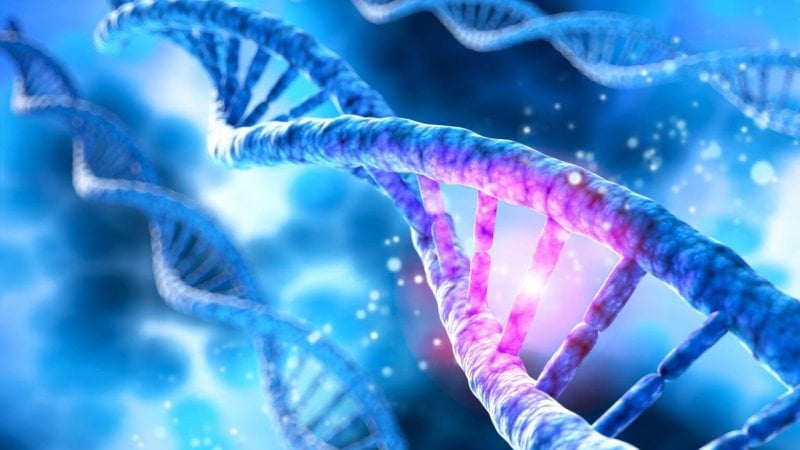A groundbreaking fossil discovery in Ethiopia’s Afar region is reshaping our understanding of human origins. Researchers working in the Ledi-Geraru area have unearthed a collection of teeth that suggest at least two different human ancestors lived side by side nearly 2.6 to 2.8 million years ago.
A New Kind of Australopithecus
Among the fossils are thirteen teeth believed to belong to a previously unknown species of Australopithecus. While the famous “Lucy” (Australopithecus afarensis) has long been considered one of our most important ancestors, these newly uncovered teeth show differences in size and shape that point to a separate branch of the family tree. Scientists say this may represent a species that lived alongside Lucy’s descendants but followed a unique evolutionary path.
Early Humans in the Mix
In addition to the Australopithecus remains, three other teeth were identified as belonging to some of the earliest known members of the genus Homo. These fossils, dating to around 2.78 million years ago, push back the timeline for the emergence of early humans and raise fresh questions about how and when our lineage first appeared.
A Complex Family Tree
This discovery challenges the long-held view that human evolution was a simple, straight line from ape-like ancestors to modern humans. Instead, evidence now suggests a “bushy” evolutionary landscape, where multiple hominin species lived at the same time. Between three and two and a half million years ago, East Africa appears to have been home to a diverse community of hominins, including early Homo, Australopithecus, Paranthropus, and possibly others yet to be discovered.
Why Ethiopia Matters
The Ledi-Geraru site is already famous for producing the oldest known Homo jawbone and some of the earliest stone tools. With these new finds, it is becoming one of the most important windows into our deep past. The mix of species suggests that human origins were more complex than previously imagined, with different evolutionary experiments unfolding in the same region.
What Comes Next
While teeth provide valuable clues, scientists caution that more fossils are needed to fully understand this new species. Discovering skulls, jaws, or limb bones would help reveal how these hominins lived, moved, and adapted to their environment. For now, the find highlights the richness of human ancestry and reminds us that the story of evolution is far from complete.
















Leave a Reply